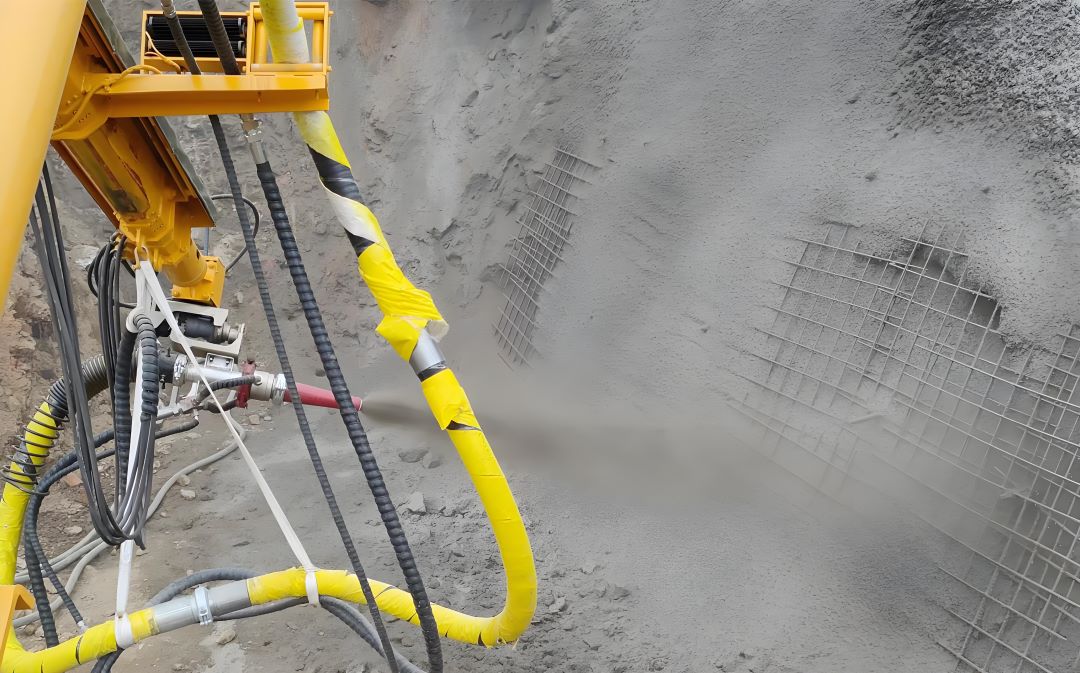The lifespan of shotcrete, which is sprayed concrete or mortar used for construction and repair, depends on several factors, including the quality of materials, application technique, environmental conditions, and maintenance. Generally, well-applied shotcrete can last 50 to 100 years or more, comparable to conventional concrete structures.

Key Factors Affecting Shotcrete Lifespan:
1. Influence of environmental conditions
The durability of shotcrete varies in different environmental conditions. For example, in a sulfate - rich environment, the lifespan of shotcrete can be significantly affected. One study established a lifespan prediction model for shotcrete - fiber by testing the compressive strength of wet - sprayed concrete with different fiber contents and its corrosion law in a 5% sulfate solution.
2. Influence of material composition
The material composition of shotcrete also has an important impact on its lifespan. For instance, adding alkali - free accelerators, silica fume, fly ash, expanding agents, shrinkage - reducing agents, air - entraining agents, and high - modulus polyacrylonitrile fibers can significantly improve the durability of shotcrete.
3. Influence of construction quality
Quality control during the construction process is crucial for the lifespan of shotcrete. For example, the initial damage level of shotcrete will affect its carbonation depth, which in turn affects its lifespan.
4. Establishment of prediction models
To more accurately assess the lifespan of shotcrete, researchers have established a carbonation depth prediction model based on the initial damage level. This model takes into account the initial stress - induced damage of shotcrete, obtains the influence coefficient through carbonation experiments, and on this basis, establishes a carbonation depth prediction model for shotcrete, which can accurately predict the carbonation depth of shotcrete structures in tunnel projects.
5. Environmental Exposure:
- Harsh Conditions: Exposure to freeze-thaw cycles, chlorides, or sulfates can reduce the lifespan if not properly designed.
- Protection: Use of coatings or sealants can improve resistance to environmental factors.
6. Maintenance: Regular inspections, crack repairs, and protective measures can extend the lifespan significantly.
The lifespan of shotcrete is a complex issue, affected by a combination of multiple factors. To ensure the long - term stability and safety of shotcrete structures, these factors need to be fully considered during the design, construction, and maintenance processes, and corresponding measures should be taken to improve its durability.
If designed and maintained well, shotcrete can provide long-term performance comparable to traditional concrete methods.




